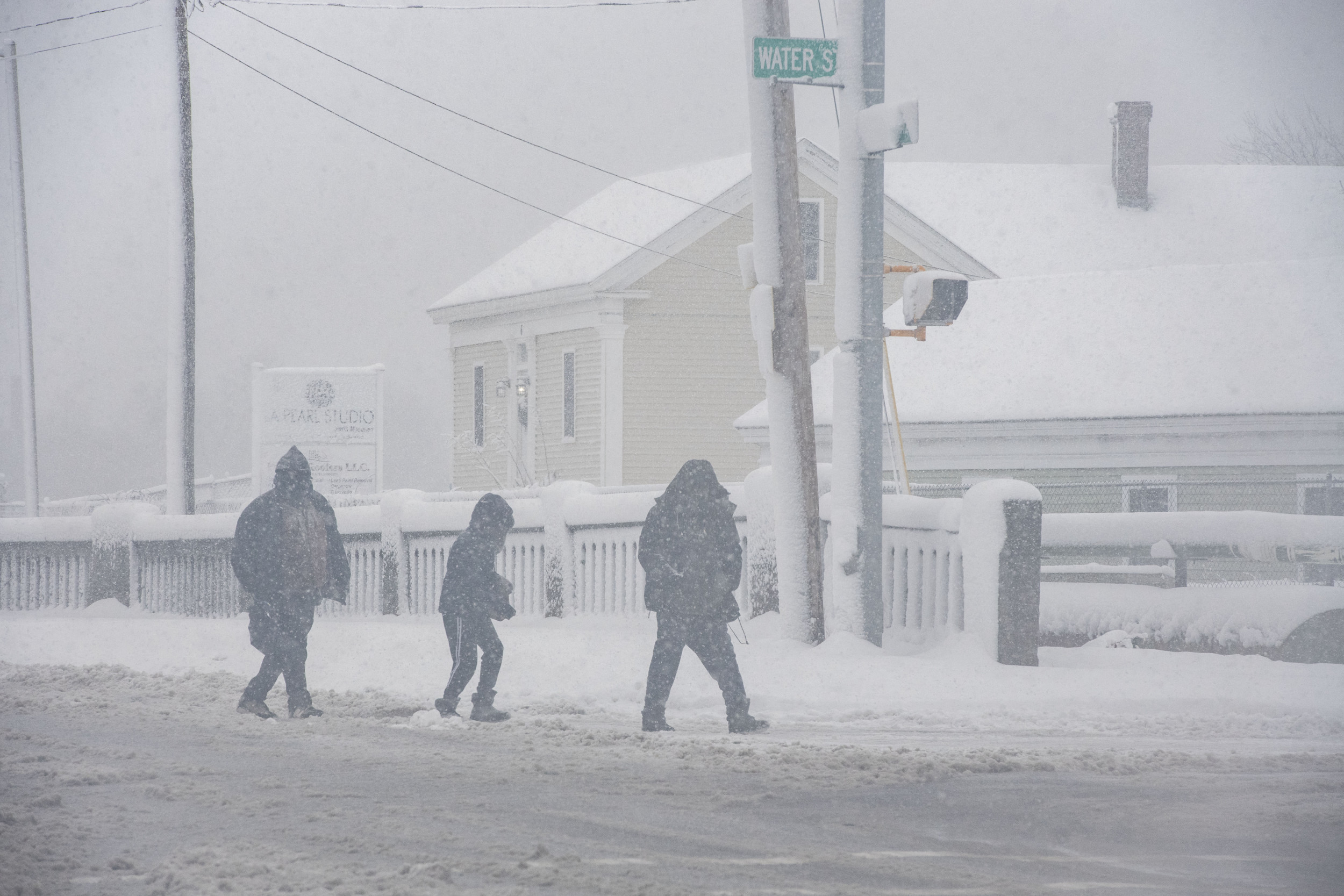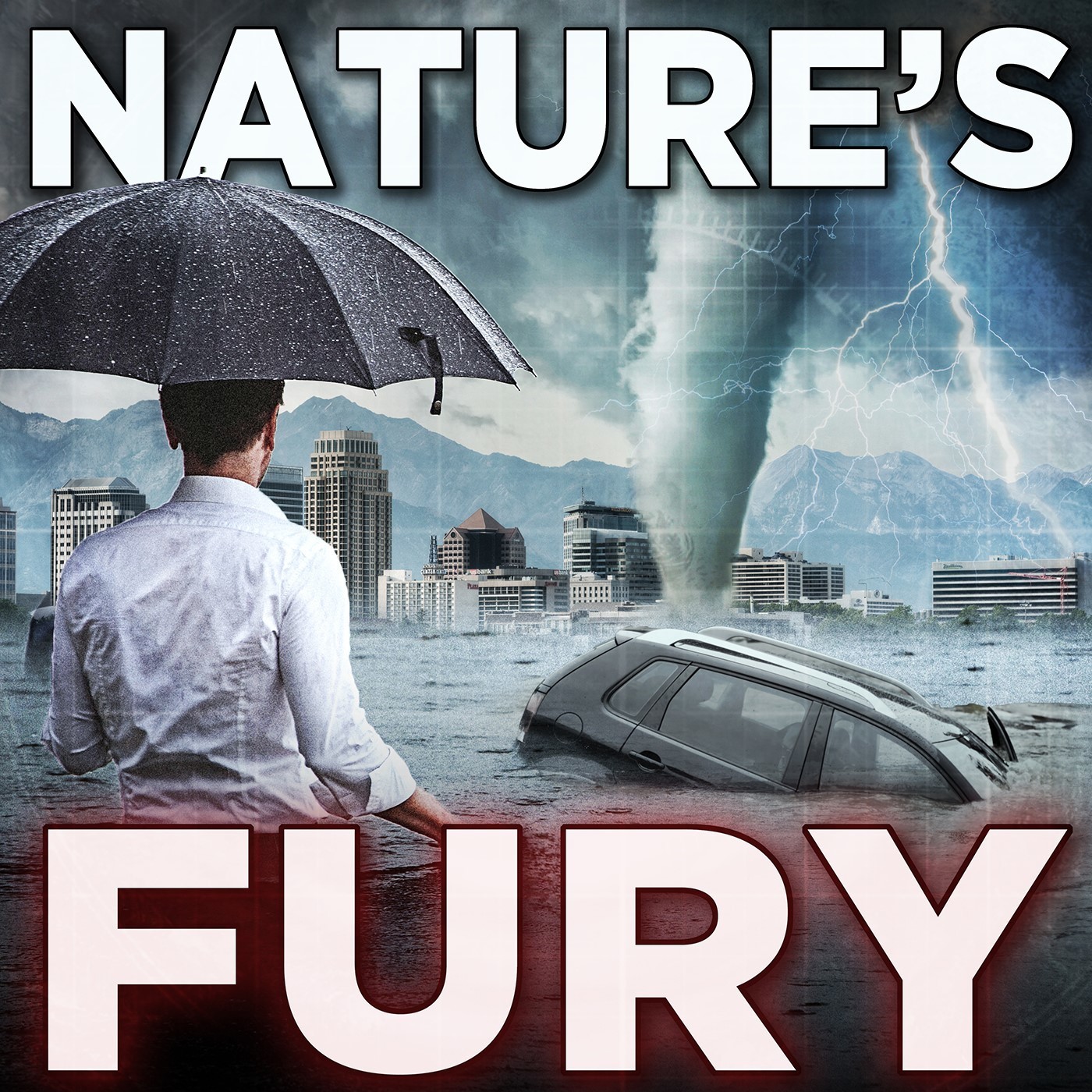Storms, in all their fury, have always been a force to reckon with. They can wreak havoc in their path leaving both nature and civilization in disarray. And now, a new report titled "Storm Warning: Brace For Impact As Nature's Fury Approaches" paints a grim picture of the future.
Editor's Note: "Storm Warning: Brace For Impact As Nature's Fury Approaches" has been published today, June 8, 2023.
Through meticulous analysis and ardent research, we have dissected the report to compile this guide. Our aim is to offer our readers a comprehensive understanding of the impending threats posed by extreme weather events.
| Key Differences | Key Takeaways |
|---|---|
| Data and Evidence | The report relies on a wealth of data and scientific evidence to support its claims. |
| Expert Contributions | Leading climate scientists and meteorologists have contributed their expertise to the report. |
| Global Scope | The report examines the potential impacts of extreme weather events worldwide. |
In the following sections, we will delve into the critical topics addressed in the report, highlighting key findings and implications.
FAQ
With Storm Warning: Brace For Impact As Nature's Fury Approaches imminent, many concerns arise. To provide clarity, we have compiled a list of frequently asked questions and their corresponding answers.

40 states under weather alerts Monday as winter storms cross country - Source kvnutalk.com
Question 1: What are the anticipated impacts of the approaching storm?
The storm is forecast to bring heavy rainfall, potentially leading to flash flooding and landslides. Gusty winds can cause extensive power outages and damage to property. Coastal areas face the threat of storm surge and flooding.
Question 2: What should individuals do to prepare for the storm?
Secure outdoor items, stock up on essential supplies (food, water, first-aid kit), and make an evacuation plan if necessary. Monitor weather updates and follow instructions from local authorities.
Question 3: What are the potential hazards of remaining in an affected area during the storm?
Staying in an area impacted by the storm poses significant risks, including injury or death from flooding, wind damage, or power outages. Essential services may be disrupted, making it difficult to access assistance.
Question 4: What should individuals do if they experience flooding during the storm?
If flooding occurs, seek higher ground immediately. Avoid driving through flooded areas. If caught in a vehicle, abandon it and find shelter elsewhere.
Question 5: What actions should individuals take after the storm passes?
Once the storm subsides, be cautious of downed power lines and other hazards. Check for damage to your property and report any issues to your insurance company. Stay informed about any road closures or service disruptions.
Question 6: How can individuals access additional information and support?
Reliable information and support can be found through the National Weather Service, local emergency management agencies, and trusted news sources. Stay connected and follow official updates to ensure your safety.
Remember, preparation and timely action are crucial for mitigating the risks associated with the approaching storm. By staying informed and taking appropriate steps, you can help protect yourself and your loved ones.
Transition to the next article section...
Tips
As a storm approaches, it is crucial to take precautions to ensure your safety and minimize damage. Here are several important tips to follow:
Tip 1: Secure Loose Objects
Strong winds can turn loose objects into dangerous projectiles. Secure outdoor furniture, grills, and other items that could be blown away.
Tip 2: Bring in Pets and Animals
Pets and livestock may become frightened or injured during a storm. Bring them indoors to a safe location.
Tip 3: Charge Electronic Devices
In the event of a power outage, electronic devices can provide essential information and communication. Fully charge all devices in advance.
Tip 4: Stockpile Emergency Supplies
Gather essential items such as non-perishable food, water, first-aid kits, and batteries. Keep them accessible in an easily identifiable location.
Tip 5: Avoid Flooded Areas
Heavy rainfall can cause flooding. Never drive through or walk in floodwaters, as they may be deeper or faster-moving than they appear.
Tip 6: Stay Informed
Monitor weather forecasts and updates regularly. Stay connected to local authorities and emergency services for the latest information.
Tip 7: Have an Evacuation Plan
In case of an emergency evacuation, identify safe routes and shelters. Discuss this plan with your family or household members.
Tip 8: Protect Your Home
Close and lock windows and doors to minimize wind damage. If possible, board up windows with plywood or other protective coverings.
By following these tips, you can help reduce the risks associated with severe storms and enhance your safety and well-being.
Storm Warning: Brace For Impact As Nature's Fury Approaches
As the tempestuous forces of nature gather, a storm warning reverberates, demanding vigilant preparation. Understanding its essential aspects empowers us to navigate the impending onslaught with resilience.

Winter Weather Warning for 14 States as Hazardous Storm Hits US - Newsweek - Source www.newsweek.com
- Early Detection: Monitoring weather patterns to discern the storm's genesis and trajectory.
- Severity Assessment: Gauging the storm's intensity, potential impact, and associated hazards.
- Risk Communication: Disseminating timely and accurate information to affected communities, ensuring widespread awareness.
- Emergency Preparedness: Establishing evacuation plans, securing shelter, and stockpiling essential supplies.
- Community Response: Mobilizing volunteers, coordinating aid, and providing support to those in need.
- Post-Storm Recovery: Assessing damage, restoring infrastructure, and facilitating the rebuilding process.
These aspects intertwine to form a comprehensive storm warning system. Early detection enables proactive measures, while severity assessment guides appropriate responses. Effective risk communication empowers individuals to safeguard their well-being, and emergency preparedness mitigates potential consequences. Community response fosters resilience, and post-storm recovery ensures a return to normalcy. By embracing these key aspects, we harness the power of knowledge to face the challenges of approaching storms with courage and preparedness.

US winter storm map: Weather forecast after warning Arctic bomb cyclone - Source www.trendradars.com
Storm Warning: Brace For Impact As Nature's Fury Approaches
As the world faces an escalation of extreme weather events, it becomes crucial to understand the connection between storm warnings and their impact. A storm warning, such as "Brace For Impact As Nature's Fury Approaches," serves as a critical tool in safeguarding lives and property. By providing timely and accurate information, these warnings enable communities to prepare and respond effectively.

Nature's Fury | Listen Free on Castbox. - Source castbox.fm
The significance of storm warnings lies in their ability to trigger a chain of actions that can mitigate the severity of a storm's impact. Upon receiving a warning, individuals can take immediate precautions such as securing loose objects, evacuating to designated shelters, and stocking up on essential supplies. At a community level, emergency responders can mobilize resources, establish communication channels, and coordinate evacuation plans, ensuring a swift and organized response.
Practical examples abound of the life-saving potential of storm warnings. In 2020, the timely issuance of a hurricane warning for the Gulf Coast of the United States allowed residents to evacuate before the arrival of Hurricane Laura, minimizing casualties and property damage. Similarly, in 2021, a tornado warning in Kentucky provided ample time for residents to seek shelter, resulting in a decrease in fatalities.
Understanding the connection between storm warnings and their impact is not merely an academic exercise. It empowers individuals, communities, and governments to make informed decisions that can save lives and livelihoods. By recognizing the importance of these warnings, we can collectively enhance our resilience to the increasingly volatile forces of nature.
| Element | Description |
|---|---|
| Warning | Timely and accurate information about an impending storm, issued by meteorological agencies |
| Impact | The potential consequences of a storm, including damage to property, infrastructure, and loss of life |
| Mitigation | Actions taken to reduce the severity of a storm's impact, such as evacuation, securing loose objects, and stockpiling supplies |
| Community Preparedness | Measures undertaken by communities to enhance their ability to respond to and recover from storms, including establishing communication channels and evacuation plans |
| Resilience | The ability of individuals, communities, and ecosystems to withstand and recover from the impacts of storms and other natural disasters |
Conclusion
The exploration of "Storm Warning: Brace For Impact As Nature's Fury Approaches" underscores the profound importance of these warnings in mitigating the potentially devastating effects of severe storms. By understanding their connection to impact, individuals, communities, and governments can take proactive measures to enhance their preparedness and resilience.
As climate change intensifies the frequency and severity of extreme weather events, storm warnings will become increasingly critical in safeguarding our well-being. By investing in warning systems, promoting public education, and fostering community collaboration, we can create a society that is better equipped to withstand the challenges posed by nature's fury.
